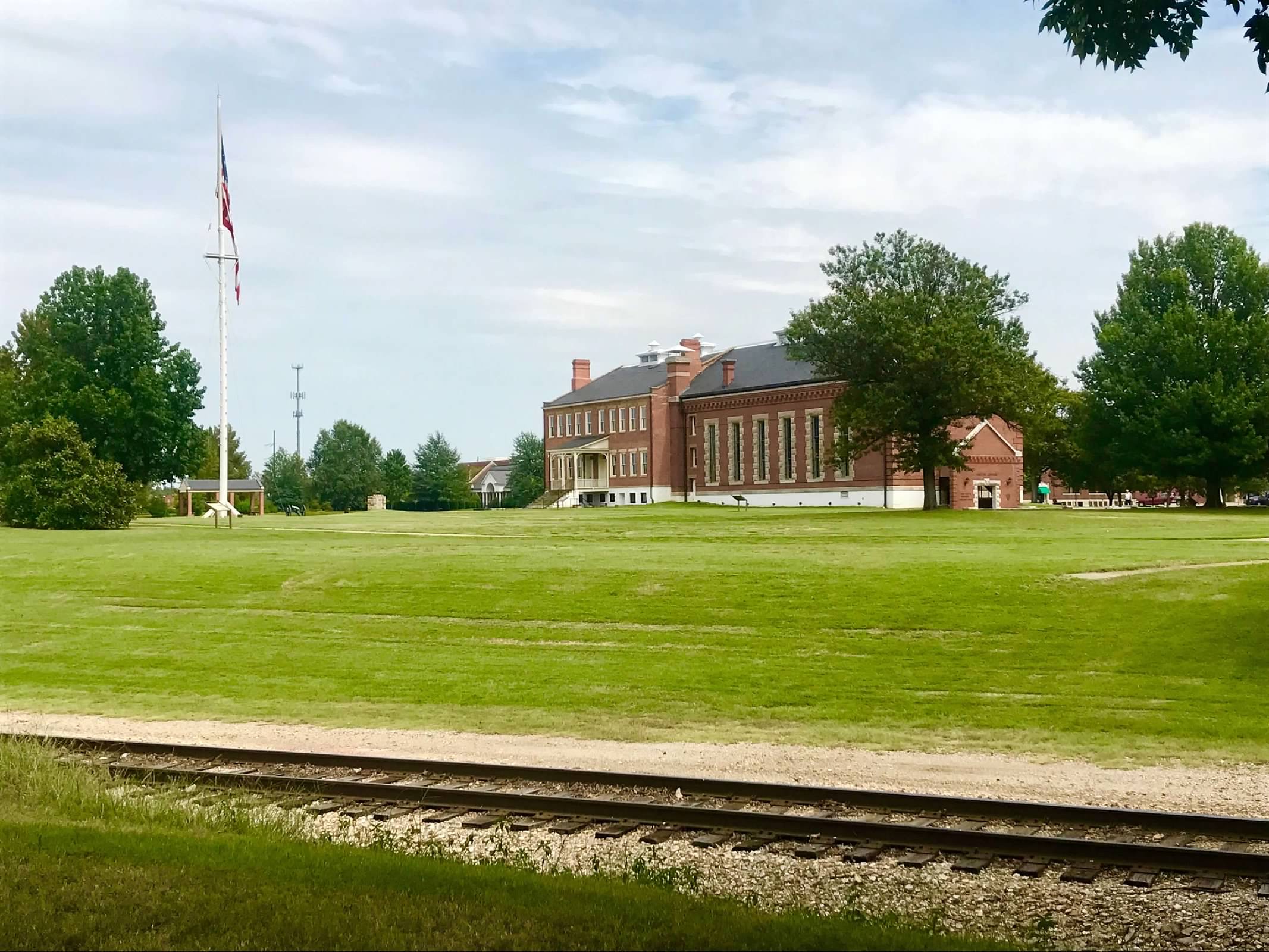
Fort Smith National Historic Park was established on September 13, 1961 to persevere Fort Smith’s unique military and judicial history.
Military History of Fort Smith
The U.S. Army established the first Fort Smith on the banks of the Arkansas River in 1817. The Army hoped the fort would help keep the peace between local Osage tribes and a band of the Cherokee that was relocated to nearby Indian Territory. The Army abandoned the first fort after constructing Fort Gibson further west.

The Second Fort Smith was built in in 1838 following the Indian Removal Act of 1830. Under the command of General Zachary Taylor, the fort served as a supply depot for western forts. During the Civil War, Fort Smith fell to the Confederacy before being recaptured by the Union in 1863. Following the Civil War, it continued to serve as a supply depot for western forts until it was decommissioned in 1871.

Judicial history of Fort Smith
The Fort was the first site of the United States District Court for the Western District of Arkansas. The court had jurisdiction over half of Arkansas and all of neighboring Indian Territory or what is now Oklahoma. In 1875, President Ulysses S. Grant appointed Issac B. Parker to a seat on the U.S. District Court.
Because of the propensity for outlaws to commit heinous crimes then hide out in Indian Territory, Parker tried numerous murder cases and became known as the “hanging judge” of the Old West. Parker notably appointed Bass Reeves to the post of U.S. Marshal, making Reeves one of the first African-American law enforcement officers west of the Mississippi River. Reeves had an illustrious career making over 3,000 arrests and shooting 14 outlaws. Some believe Reeves also served as the inspiration for the Lone Ranger. Fort Smith also makes an appearance in many western movies including True Grit, in which John Wayne plays one of Judge Parker’s U.S. Marshalls.

Fort Smith is a dog friendly national historic site!
Dogs are welcome to explore all outdoor areas of the historic site with their humans as long as they remain on leash. Our dog, Liberty, loved the short River Trail and all the attention she got from other park visitors while she and daddy waited for mommy outside the gift shop.

Visiting Fort Smith National Historic Park
We stoped at Fort Smith Historic Site on our way to Hot Springs National Park. We enjoyed exploring the grounds and seeing the old barracks and courthouse as well as the recreated gallows where those found guilty in Judge Parker’s courtroom would swing.

The River Trail was a great way to stretch our legs before continuing on our road trip. The trail leads to the ruins of the first fort and then continues along the Arkansas River. Markers along the river tell the tragic story of the Trail of Tears.

If you’re headed to nearby Hot Springs National Park, check out our Hot Springs blog here.
Click here for more Land of Liberty Explorers!
Like this page? Be sure to pin it on Pinterest.




